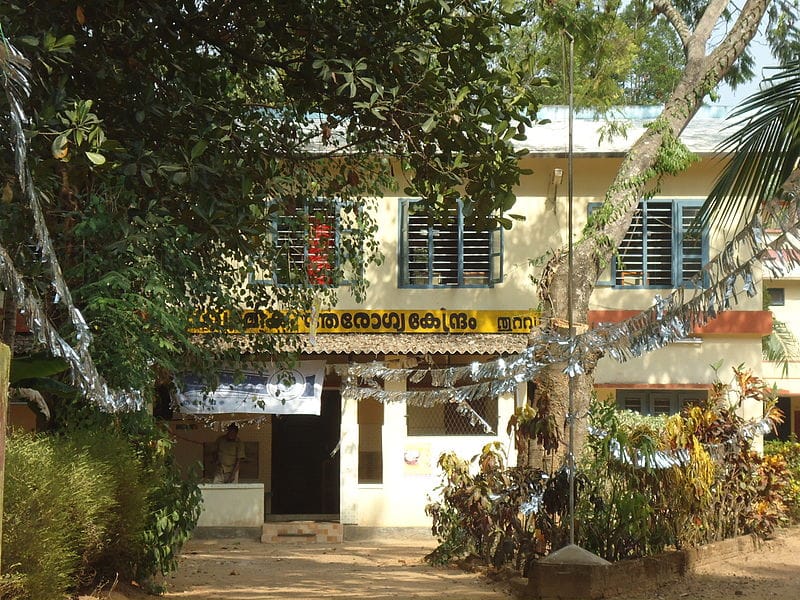
Niti Aayog maintains that health remains a critical area that needs improvement across the country and sees this report as a competitive motivation for states “to improve population health and reduce disparities in the spirit of cooperative and competitive federalism.” The annual Health Index report is being considered a progressive step towards undertaking multi-pronged interventions that will bring about the much-desired optimal health outcomes.
The report presents a grim picture of India’s public healthcare system with large disparities in overall performance across states and decline in health index for five states of Bihar, Uttar Pradesh, Uttarakhand, Madhya Pradesh and Odisha. Health Issues India has reported before on variances between states in terms of performance on healthcare, with Niti Aayog’s report serving to quantify this reality.
![The BRD Medical College, centre of the Gorakhpur tragedy in Uttar Pradesh - the state named the worst in India for health. Image credit: By SONUKURIAN (Own work) [CC BY-SA 4.0 (http://creativecommons.org/licenses/by-sa/4.0)], via Wikimedia Commons By SONUKURIAN (Own work) [CC BY-SA 4.0 (http://creativecommons.org/licenses/by-sa/4.0)], via Wikimedia Commons](/wp-content/uploads/2017/08/BRD_MEDICAL_COLLEGEGORAKHPUR-300x225.jpg)
The report acknowledges states for improving their performance rate from last year. In this regard, the three highest-ranked States included Haryana, Rajasthan and Jharkhand, with points surges of 6.55 points, 6.30 and 5.99 respectively. However, in terms of overall performance, these states are among the bottom two-thirds of the range of Index scores, suggesting that even as they improve they have a long way to go.
The lack of manpower in public health facilities is one of the main reasons behind substandard healthcare and underutilization of public facilities. The vacancy status of health professionals in relation to sanctioned positions shows how states address supply-side resources in relation to the need. This clearly indicates that for states’ healthcare status to increase, the government’s foremost priority should be to strengthen its infrastructure and fill up vacant positions. This must be an effort on part of all states, whose inequality in terms of healthcare performances threatens progress nationally.

